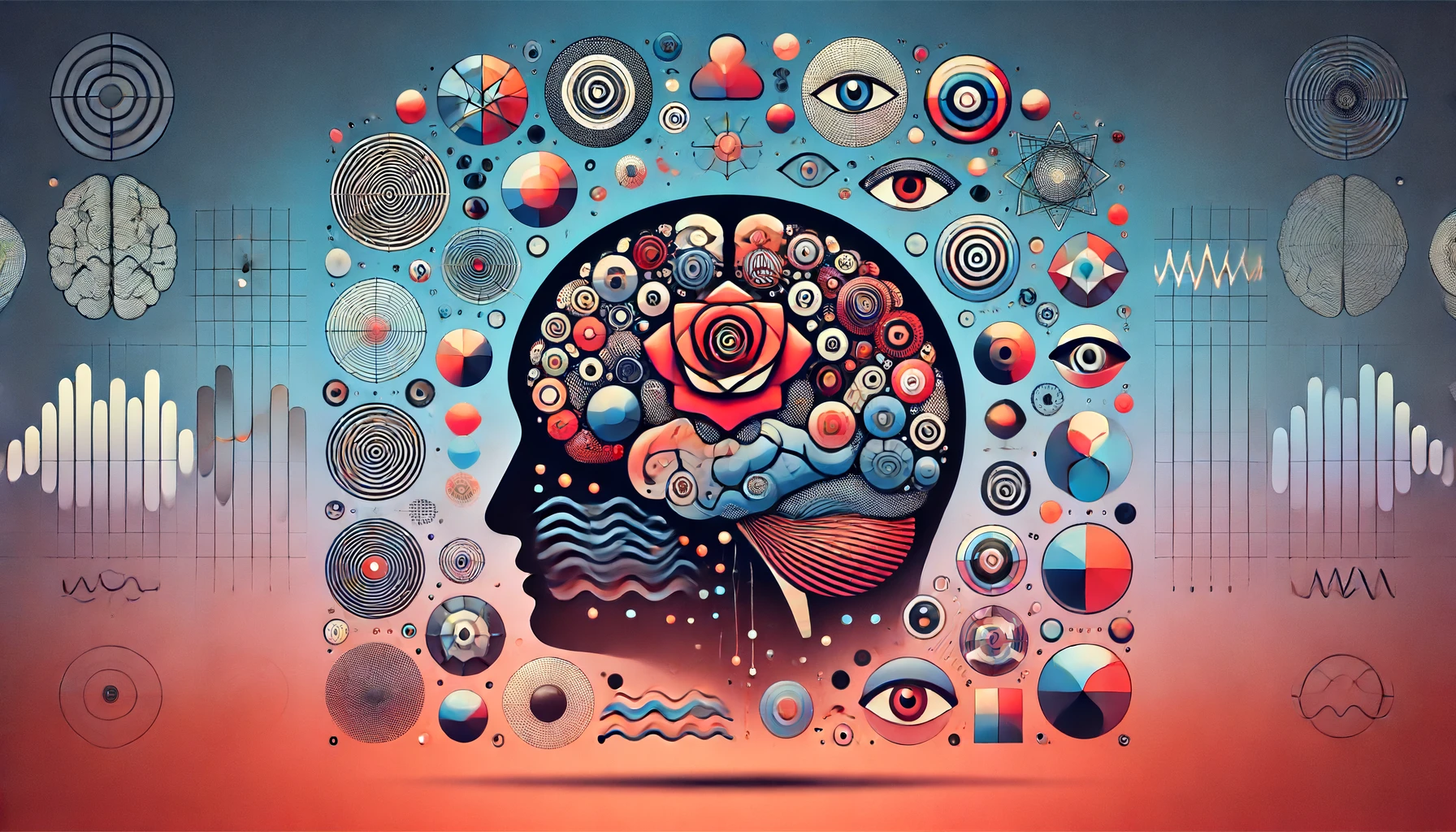LogoGeneratoris.com
Unique AI Logo Generator
The Neuroscience Behind Logo Branding
In the bustling world of marketing and advertising, logos serve as the visual cornerstone of brand identity. A logo is not just a simple graphic; it embodies the essence of a brand, evoking emotions, memories, and associations in the minds of consumers. But what makes a logo effective? The answer lies in the intricate workings of the human brain. Neuroscience offers fascinating insights into how logos are perceived, processed, and remembered, shedding light on the subconscious mechanisms that drive consumer behavior.

The Visual Cortex and Logo Recognition
The journey of a logo from the visual field to brand recognition begins in the visual cortex, located at the back of the brain. When we see a logo, the visual cortex processes its shape, color, and spatial orientation. This initial processing is critical because our brains are wired to quickly identify familiar patterns and objects. Simple, distinctive logos are more easily recognized and remembered because they do not overload the visual processing system.
Research shows that logos with clear, uncomplicated designs engage the brain's pattern recognition abilities more effectively than complex ones. This is why companies like Apple, Nike, and McDonald's use minimalist logos that are instantly recognizable.
The Role of Color in Brand Perception
Color plays a pivotal role in how logos are perceived. Different colors evoke different emotions and associations due to their wavelengths and the way they interact with the brain. For example, red is often associated with excitement and urgency, blue with trust and calmness, and green with nature and health. These color associations are not arbitrary; they are rooted in our evolutionary psychology and cultural experiences.
The brain's limbic system, which is involved in emotion and memory, reacts to colors in logos, influencing our feelings towards a brand. A well-chosen color palette can make a logo more appealing and memorable, reinforcing the brand's identity and message.
Shapes and Symmetry: The Brain’s Preference for Balance
Humans have an inherent preference for symmetry and balanced shapes, a trait that can be traced back to evolutionary advantages in recognizing healthy and safe environments. Symmetrical logos are processed more efficiently by the brain, making them more aesthetically pleasing and easier to recall.
The Gestalt principles of visual perception explain why we perceive whole patterns rather than just a collection of parts. Logos that utilize principles like closure, proximity, and similarity are more likely to be perceived as cohesive and complete, enhancing brand recall and recognition.
The Power of Memory and Association
Memory plays a crucial role in logo branding. The hippocampus, a part of the brain involved in forming new memories, helps encode and retrieve brand-related information. Repeated exposure to a logo strengthens neural pathways associated with that brand, making it easier for consumers to recall the logo and its associated products or services.
Additionally, logos can trigger associative memory, linking the visual symbol to a set of emotions, experiences, and expectations. For instance, seeing the Coca-Cola logo might evoke memories of family gatherings, holiday celebrations, or refreshing moments. These positive associations enhance brand loyalty and influence purchasing decisions.
Emotional Resonance and Brand Loyalty
Emotions are central to how we perceive and interact with brands. The amygdala, the brain's emotional center, reacts to logos by creating emotional responses that can be either positive or negative. Brands that succeed in establishing a positive emotional connection with their audience through their logo can foster strong brand loyalty.
Storytelling and brand narratives also play a role in this emotional connection. When consumers associate a logo with a compelling brand story or mission, the emotional engagement deepens, making the logo more impactful and the brand more trustworthy.
Conclusion: The Neuroscience of Effective Logo Design
Understanding the neuroscience behind logo branding offers valuable insights for marketers and designers aiming to create compelling brand identities. A well-designed logo leverages the brain's natural tendencies towards pattern recognition, color association, symmetry, and emotional resonance. By aligning logo design with these neural mechanisms, brands can enhance their visibility, memorability, and emotional impact, ultimately driving consumer loyalty and business success.
In the ever-evolving landscape of branding, the fusion of art and science through neuroscience provides a powerful toolkit for creating logos that not only stand out visually but also resonate deeply with the human psyche.
Latest Posts on AI and Logos:
AI Generated Business CardsAI Generated Logos vs Human Artists
AI Generated Logos
AI Logo Generators
AI Mascots and Logos
Collaborating with AI Generators and Artists for the Perfect Logo
Color Psychology in Logo Design
Creative Logo Importance
Future of AI Generated Logo Designs
How AI Can Help You Generate a Creative Logo
How to Choose a Mascot for Your Company
How to Choose Your Logo
Importance of a Good Logo
Low-Cost AI Generated Logos
Neuroscience for Logo Branding